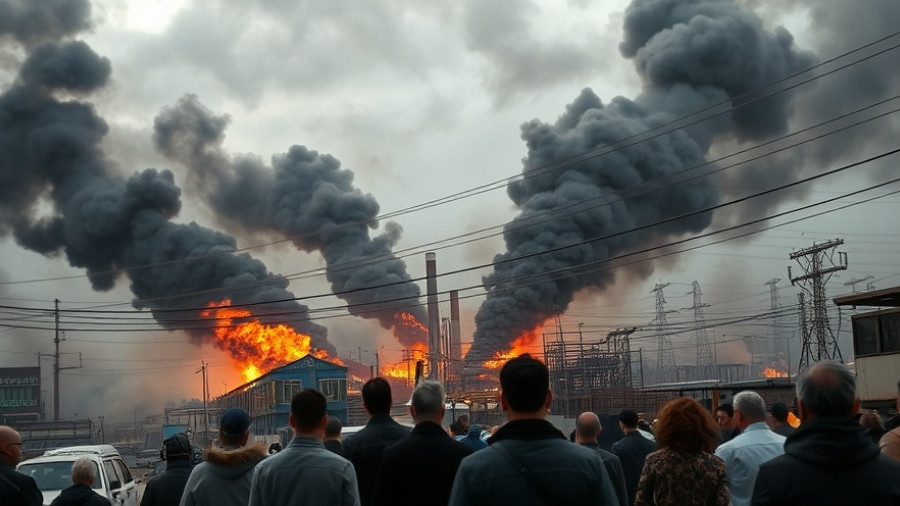
China's AI Boom: A Double-Edged Sword
As China's security state delves deeper into the realm of artificial intelligence, the allure of an A.I. dream obscures the potential consequences of enhanced surveillance. In a recent conference in Beijing, police officers from across the country gathered to explore advancements in A.I. technologies designed to bolster public safety, all while potentially infringing on civil liberties.
Political Control and Technological Advancements
The conference showcased an array of products aimed at refining surveillance capabilities. One notable presentation focused on a partnership with police in ethnic-minority regions, utilizing speech recognition software capable of understanding over 200 Chinese dialects. This development raises alarming questions about racial profiling and the further marginalization of minority groups under the guise of national security.
Moreover, as noted in reports about China's expanding surveillance state, the shift towards automated policing is evident. Drones and robot guards are no longer just concepts; they are actively being deployed to monitor citizen behavior and manage urban safety. This transition could minimize human oversight, potentially leading to dangerous outcomes when technology replaces critical human judgments in law enforcement.
Public Perception and Human Rights Concerns
While many in China may perceive these advancements as a necessary step towards greater security, the implications for personal freedom cannot be brushed aside. Constant surveillance may foster an atmosphere of fear among citizens, deterring them from expressing dissent or participating in peaceful protests. This evolving landscape thus reveals the thin line between safety and oppression, especially in light of the Chinese Communist Party's (CCP) long history of suppressing dissent.
The complexity of integrating A.I. into daily surveillance also highlights a fundamental conflict: the unpredictability of human behavior, which remains a significant challenge for even the most advanced technologies. As outlined by Dr. Valentin Weber, while A.I. can enhance operational efficiencies, it is ultimately fallible, susceptible to errors and biases that human officers could more aptly navigate.
Future Implications of AI Surveillance
Looking towards the future, the increase in spending on A.I. technologies by law enforcement agencies signals a trend that raises critical ethical considerations. The possibility of an omnipresent surveillance state powered by artificial intelligence could have lasting impacts not only on privacy rights but also on the core function of policing itself.
Data aggregation through A.I. is changing how public security is managed. With concepts like national digital command centers on the horizon, the CCP's goal appears clear: to streamline operations while minimizing human involvement in policing. This transition, while efficient, poses a risk that essential human discretion and empathy could be sacrificed in the quest for technological efficiency.
Final Thoughts: Navigating an AI-Driven Future
As the world watches China’s embrace of artificial intelligence, it is crucial to consider not just its innovations but also their ramifications for society. The fine balance between security and liberty will be tested as these technologies gain traction. Will A.I. become a tool for peace and security or a means of control and oppression? The choice may ultimately lie in how policymakers define the ethical boundaries of technology in governance.
This evolution in policing presents many questions and opportunities for discussion, necessitating a proactive stance on guarding against excessive governmental power while encouraging technological advancements within ethical frames.
 Add Row
Add Row  Add
Add 




Write A Comment